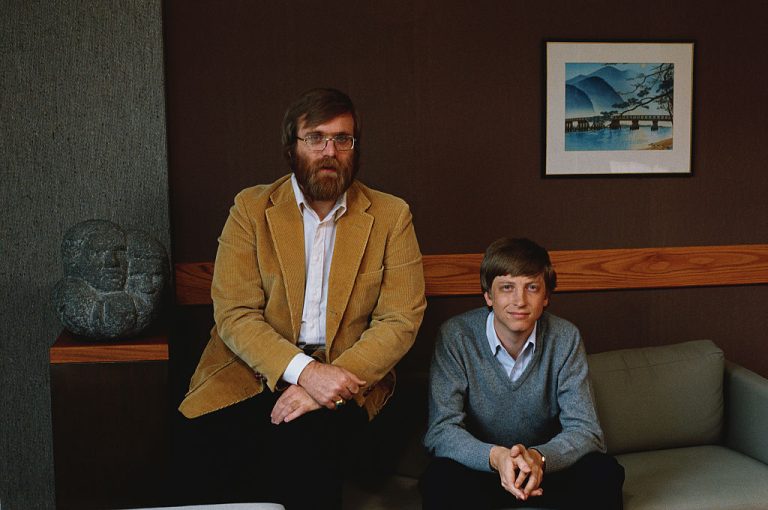Living Computers: Museum + Lab, the stewardship of the Paul G. Allen Collection of antique computers and internet technology in South Seattle, will officially not reopen after closing during the coronavirus lockdown in 2020. But many of its exhibits will live on, possibly at a show near you.
Christie’s and the estate of Allen, who died in 2018, will offer the ancient technology in a three-part auction series, “Firsts: Innovation from the Collection of Paul G. Allen.” There will be two online auctions, “Firsts: A History of Computing” and “Beyond the Horizon: Art of the Future,” both with bidding deadlines on September 12, and a live auction on September 10, called “Pushing Boundaries: Ingenuity.”
Technology buffs with a love of history, take note: The top lot appearing in “Pushing Boundaries” is a signed letter from Albert Einstein to President Franklin Delano Roosevelt in 1932. The letter has a high estimate of $6 million.
The sale includes a notice about uranium’s potential as a “new and important” energy source and a warning that uranium could be used to create “extremely powerful bombs” – something the Manhattan Project had made a reality. Only two copies of this seminal letter exist, with the other currently in the Roosevelt Presidential Library.

A letter written by Albert Einstein to President Franklin Delano Roosevelt in 1932 is being auctioned at First Generation Auctions.
Also on display in “Pushing Boundaries” is a space suit worn by astronaut Ed White, a member of the Gemini 4 and Apollo 1 crews who became the first American to walk in space on June 3, 1965. The high estimate for this piece is $120,000. Also on sale is a work of visual art: Paintings by Chesley Bonestell Saturn as seen from Titan (circa 1952) has a high estimate of $50,000. The same piece sold at Heritage Auctions in 2010 for $77,675.
“Never before has the market seen such a diverse collection that so beautifully documents the history of human scientific and technological creativity, let alone one assembled by the father of the modern computer,” Mark Porter, chairman of Christie’s Americas, said in a statement. “It is a testament to the uniqueness and importance of these objects that one of the greatest innovators of our time collected them, preserved them, and in dozens of cases restored them, while drawing his own inspiration from them and sharing many of them publicly.”
Living Computers: Museum + Lab, which opened in October 2012, is unique in that it encourages visitors to interact with artifacts from the early days of the internet, such as the 1971 DEC PDP-10:KI-10 computer on which Allen and Microsoft co-founder Bill Gates perfected their programming. The museum added a second floor in 2016, which features the latest technologies such as self-driving cars, virtual reality and artificial intelligence.
The museum closed in 2020 due to the COVID-19 pandemic and planned to reopen later, but according to The Seattle Times, In June of the same year, the company began to lay off employees, which also meant the end.
“LCM remains the only museum client I have worked with that not only allows but encourages visitors to use the collection, which really demonstrates trust in museum visitors, communicating that the collection is truly for them,” Margaret Middleton, an exhibition designer who worked with the museum in 2017, told the newspaper. “I’m sad to see the museum close — it’s a very inspiring model.”


